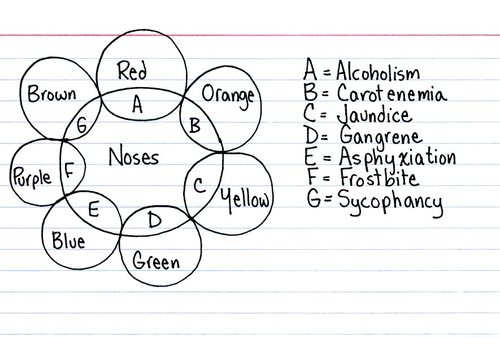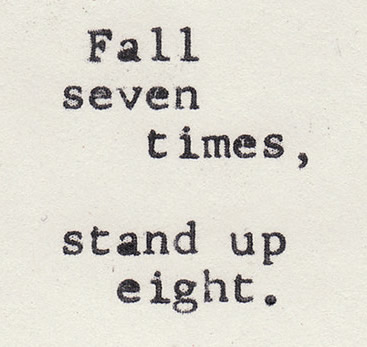Creative thinkers often have some unconventional impulses: Immanuel Kant liked being wrapped up like a mummy, and Charles Dickens lived with a bunch of animals.
D.H. Lawrence
D.H. Lawrence found it stimulating to climb mulberry trees in the nude. It is not clear why he found the mulberry more alluring than, say, the maple. Presumably during his extended stays in Mexico Lawrence climbed saguaro instead.
Anton Chekhov
Chasing butterflies like Nabokov, raising peacocks like Flannery O’Connor, keeping bees like Ted Hughes—yawn. A real Bohemian needs a mongoose. Chekhov called his Svoloch and described it in a letter as “a mixture of rat and crocodile, tiger and monkey.” He kept it for about a year and a half, but, citing a need to travel, he then donated it to the Moscow zoo, which he had fiercely criticized as an “animals’ graveyard.” The mongoose lived in captivity for two more years. The average lifespan of a captive mongoose today is about 20 years.
Friedrich von Schiller
Friedrich von Schiller kept fruit flies. Rather, he put rotten apples under his desk to inspire him with memories of the orchards of his youth. When he faltered for the right word, he took a quick sniff, and it materialized. His younger friend Goethe was amused by this practice—and later kept on his desk a skull he believed to be Schiller’s.
Marianne Moore
Marianne Moore was presumably not obsessed with automobiles, but she was asked by Ford to come up with inspirational names for new ones, on the logic that nobody knows words like a poet. Sadly the company did not take her up on “Mongoose Civique” (would it run for 20 years?), “Resilient Bullet,” “Ford Silver Sword,” “Varsity Stroke,” “Pastelogram,” “Andante con Moto,” or “Utopian Turtletop.” They went with Edsel instead.
Nikolai Gogol
Nikolai Gogol was passionate about opera, which is not an unusual obsession. However, Shostakovich made an opera out of Gogol’s story, “The Nose,” which was first performed in 1930, around 80 years after Gogol’s death. In 1931 Gogol was disinterred by Soviet authorities for removal to a different cemetery, and he was found lying face down in his coffin. Presumably he heard the music and did the conventional thing. Or else he had been buried alive.
Immanuel Kant
Immanuel Kant required an assistant to get out of bed each morning because he couldn’t sleep unless completely mummified in blankets. This operation commenced precisely at 5 a.m. every morning—though eventually, the assistant was dismissed for having acquired a habit of excessive drinking.
Charles Dickens
Charles Dickens had two ravens, two St. Bernards, two Newfoundlands, a spaniel, a mastiff, a Pomeranian, a cat, a canary, and a pony. Their names, respectively, were Grip I, Grip II, Sultan, Linda, Don, Bumble, Timber, Turk, Mrs. Bouncer, Williamina, Dick, and Newman Noggs. Dickens had Grip I mounted after it died from eating lead paint. It is now in the Philadelphia Free Library, and is thought—via Barnaby Rudge—to have inspired one of Dickens’s American contemporaries to pen a well-known poem.
Katherine Anne Porter
Katherine Anne Porter kept a brightly painted Mexican pine coffin in her apartment during her later years (she reached the age of 90). She enjoyed startling visitors by standing in it and commenting on the fit. This was part of her longstanding interest in death—she was administered last rites twice in her 20s. Interestingly, she was not ultimately buried in that coffin, which is now on display in the Katherine Anne Porter Room at the University of Maryland Library.
Jeremy Bentham
Philosopher Jeremy Bentham decreed that his remains, after meticulous dissection, should be stuffed into one of his good black suits and seated in his usual chair and displayed publicly at University College London with his old cane in hand. He’s still there, although his head has been replaced with a wax replica, because the original defied various attempts to preserve it.











